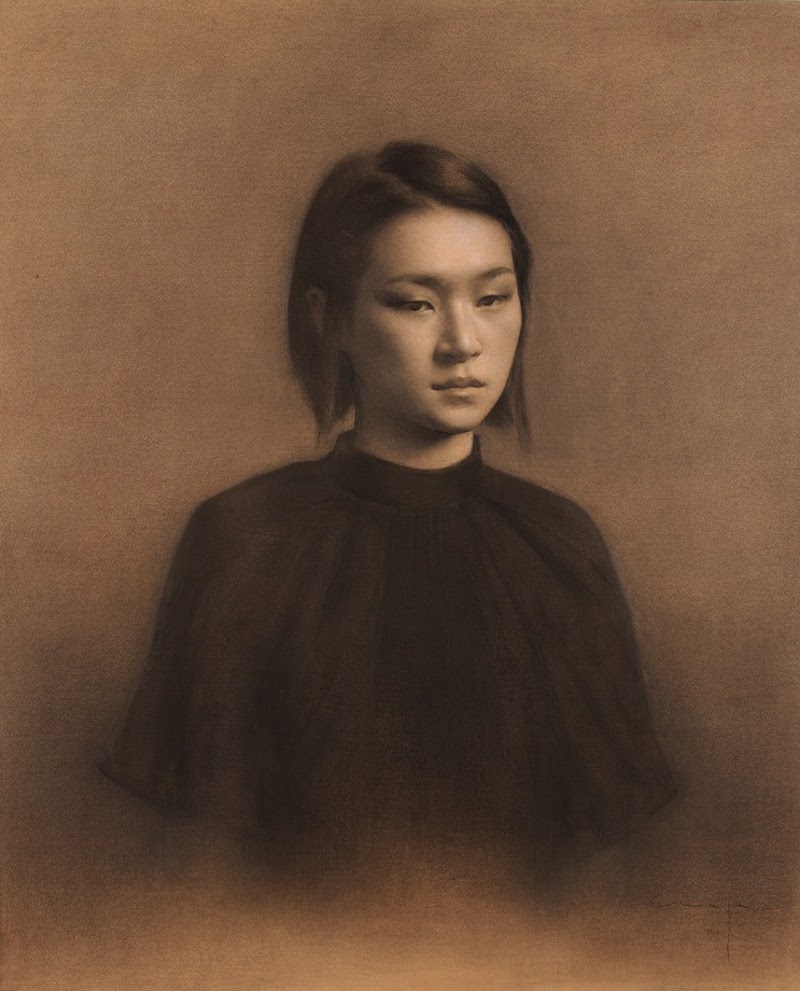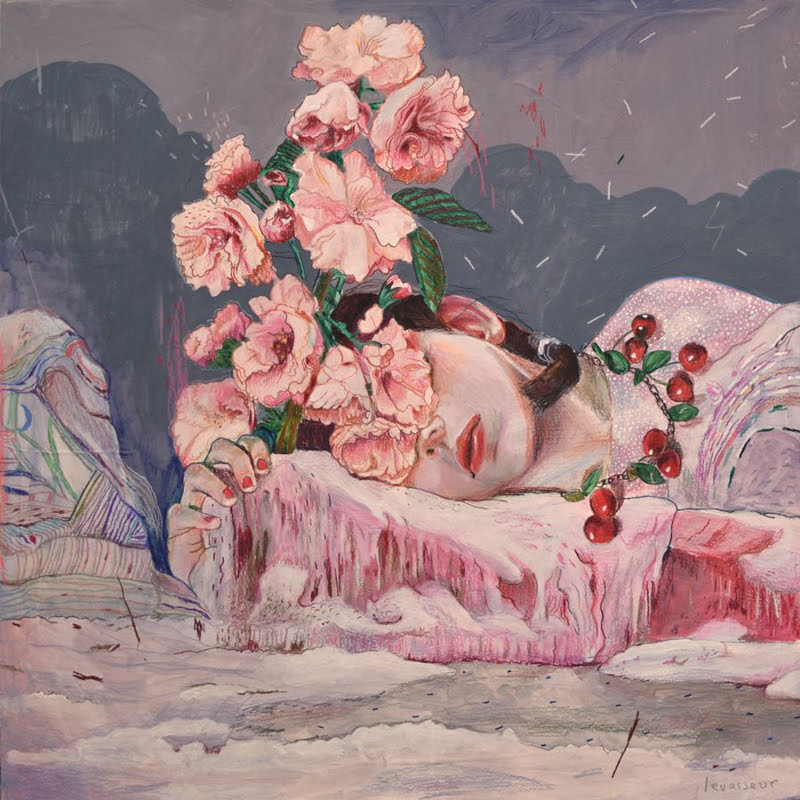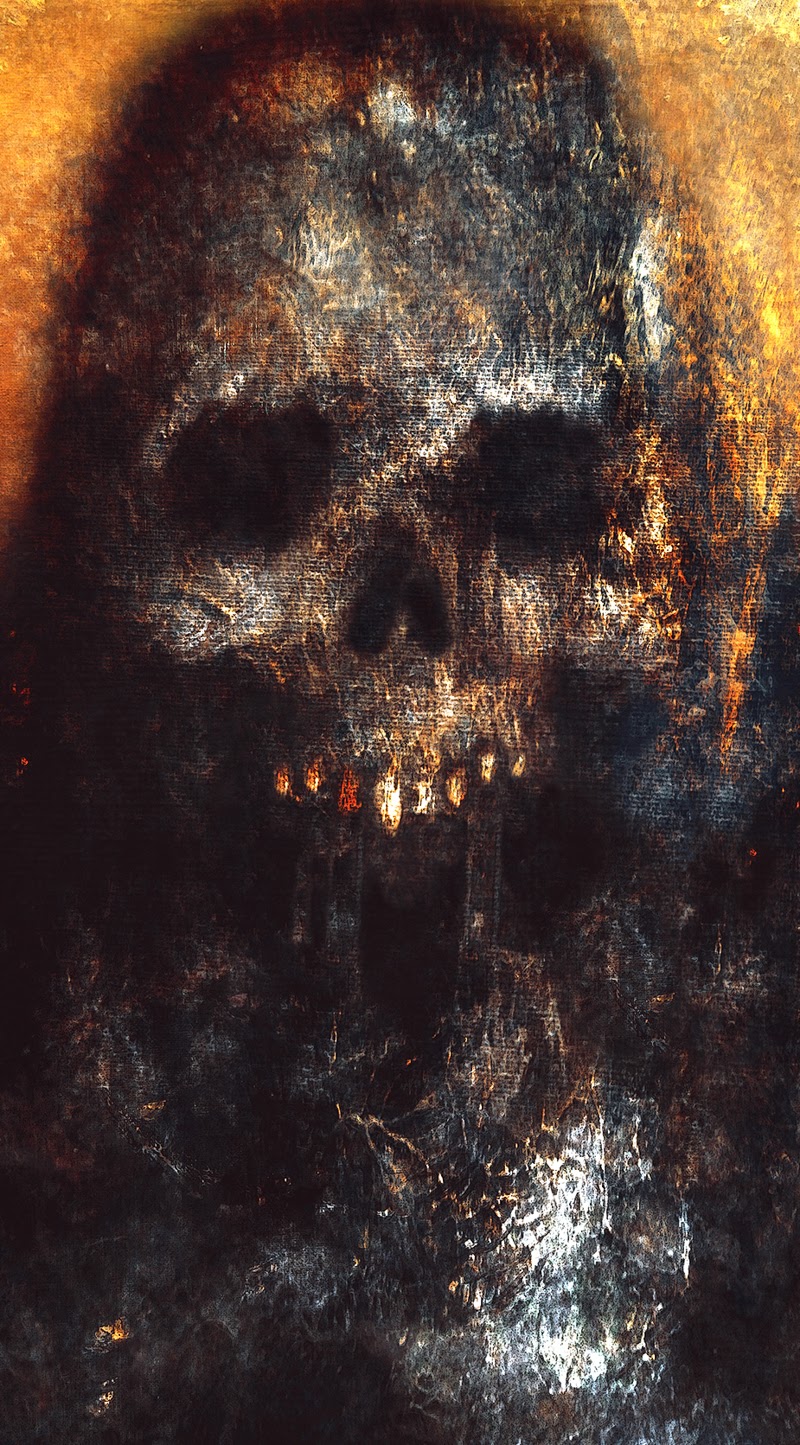 |
| End of Things - If it be Your Will |
An Interview with Gert Jan Slotboom.
Who and where are you from?
I am Gert Jan Slotboom (Wageningen, 1957). I live in IJlst, a small, rural townin Friesland, the north of the Netherlands.
How you got into this?
As a child I was always busy drawing and painting. When I finished secondary school I wanted to go to the Academy of Arts.My parents didn’t like the idea much and they urged me to follow a study in chemistry. I obeyed myparents’ wishes but became immensely unhappy. When my parents noticed this, they finally gave their consent and I entered “Artibus”, the Academy of Arts in Utrecht (nowadays called HKU) . In 1983 I graduated as a free artist, my main subject was painting.
What is your driving force?
We live in dark times, just like our parents and ancestors did. A world full of fears. Our destruction of the environment is perhaps the biggest disaster we are faced with, but there is more misery that we call upon ourselves. Man is naturally short-sighted, selfish and potentially relentless to fellow human beings. Herein I see the heart of our sorrows: injustice, violence, intolerance, hate, greed, religion, indifference, and so on.
We are guilty of a lethargic attitude to end all this.
I don’t know the answers but I can paint what I see and feel.
What kind of work you do and why?
I started out as an abstract-expressionist, but after a break of several years, in which I raised my two sons, I concentrated on more realistic art (Bridges, Church interiors, Greenhouses etc.).
My artwork is large in size and with only a few colours I try to achieve a maximum effect. For 30 years I used to work with acrylic paint and those works tend to have a transparent quality. Since 2011 I have worked solely with oil paints and consequently, my work has changed dramatically. I mould the ‘dry’ paint in thick layers.
My main subject is the human body.
Taken into account what I answered on the previous question, I felt that my paintings should be raw in content and appliance of paint. Beautiful poses should be avoided as much as possible and the gesture should be reduced to the minimum. A small gesture has more power, provided it is supported by the rest of the figure. The colour also had to be kept as sober as possible. However, I consider it important that the work retains some subtlety in tonality and colour. The less colour used, the more important it becomes. The way paint is applied must be logical to the content. That roughness combined with nuanced colour and tone I consider to be a very valuable contrast.
The world I live in also consists of joyand happiness every now and then, but they do not have as much impact as the dark side has. Unfulfilled desire, self-deficiencies, melancholy, physical and mental decline, depression, mortality, uselessness of life, weltschmerz and so forth are daily companions. Art gives me a handle to eliminate a lot of the bad effects on my mind.
“End of Things” is the landmark of my growing awareness of that sensation.
End of Things by Dolf Alberts
After the portrait-gallery of the Facebook-project Gert Jan zooms out to the whole person. Man in his (almost) naked, unprotected vulnerability. Lonely. Painful. Raw and unadorned. In bold brushstrokes, but at the same time richly detailed.
For us, the viewer, it does not get any easier. The portraits are sometimes painfully confrontational. They require something of the viewer - who feels a voyeur, ashamed and unashamed at the same time. Uncomfortable. They evoke mixed feelings, these unscrupulously painted people - whom we could recognize as ourselves. Individual and yet universal. Is our spirit, or our soul observable in our tormented bare skin, our flesh, our bones? Yes, the portraits (how alienating at times) tell a lot to the good spectator. They invite you to look, how uncomfortable at times, to experience, to be aware. Perceive what we really are: temples of vulnerability, loneliness and mortality. And so beautiful!
Eventually, beauty prevails in all its ruthlessness.
Yes, these paintings must be seen in real life. To their full extent, with the tangible blobs of paint on the canvas - tangible to all our senses.



























